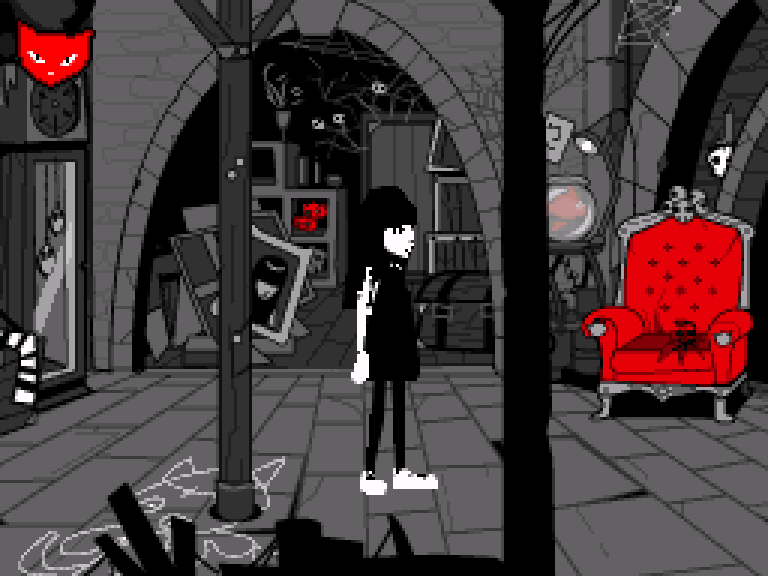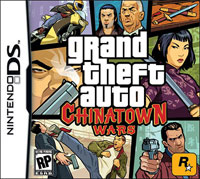I bought Radiant Historia based on its reputation as one of, if not THE best RPG on the Nintendo DS. Well, it’s a JRPG so take that praise with a grain of salt. In fact, when I first got it, I managed to clock about 20 hours but eventually got distracted by other games. It’s easy to lose focus from this extremely text-heavy game. Once again, many clicks are wasted on redundant “…” dialogue boxes and the accompanying, un-skippable “…” word bubble animations. So, it took four years and a fun romp through Etrian Odyssey for me to muster the energy to attempt another play through. Rather than pick up where I left off, trying to remember the convoluted plot up to that point, I started anew. During this run I would try my darndest to differentiate between all the cutesy anime characters and not lose focus.
The main touted selling point of Radiant Historia usually is its complex time-travelling plot. At first, being able to redo past events to alter the current ones is an nice mechanism. However, once you are deep into the game and there are dozens of points to which you need to return again and again, it becomes a drag and a nuisance. For me it didn’t help that there seemingly was no way to skip the endless cut-scenes (I discovered it’s the “start” button about 30 hours in). Despite the grandiose concept, there isn’t that much in terms of branching story lines that would, like a Telltale game, lead to a unique game for each player. The plot is really only divided into two main branches. Any choices which deviate from these two lead to a short text blurb and a dead end (if you want to get 100% completion you need to follow all these dead ends too). If anything, repeatedly visiting all those moments and re-reading all that dialogue at least helped me understand what the heck was going on. Angsty warrior must stave off impending ecological disaster and bring unity to warring the races of furries. Got it.
All that aside, where the game actually shines is its combat system. Enemies appear on a 3×3 grid and their positioning effects the strength of their attacks and the amount of damage you can inflict. Players can then use special powers to knock monsters around the grid, stack them together and chain combos for stronger attacks. Also, because the main theme here is time manipulation, you can control the player initiative track and sacrifice a turn to set up bigger combos. It takes the standard, mindless JRPG combat mechanism and adds a puzzley layer of thinking to your choices. Most combat is avoidable if you are quick, but I actually found myself opting-in to battles more often than not. Too bad 70% of the game is talking, otherwise I would have scored it higher.









